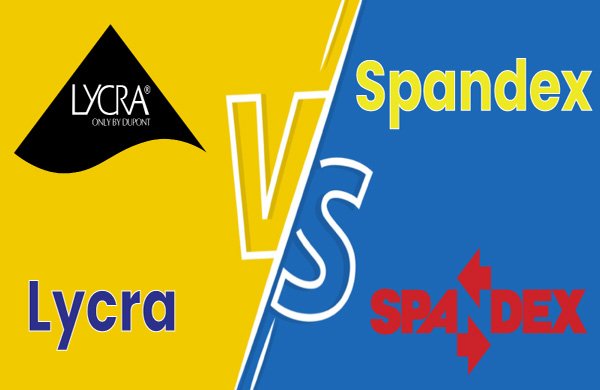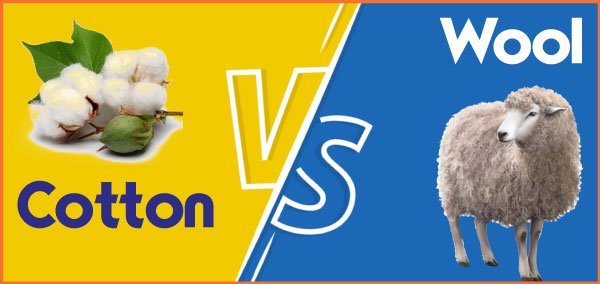What is Nylon Fibre | History of Nylon Fibre
Last updated on October 29th, 2024 at 11:08 pm
The Federal trade commission’s definition for nylon fibre – “A manufactured fibre in which the fibre forming substance is long-chain synthetic polyamide in which less than 85% of the amide linkages are attached directly (-CO-NH-) to two aliphatic groups.”
- A synthetic thermoplastic fibre.
- Round, smooth and shiny filament fibres.
- Cross-sections can be either – a) Trilobal to imitate silk and b) Multiple to increase staple like appearance and hand
- Its most widely used structures are multifilament, monofilament, staple or tow and is available as partially drawn or as finished filaments.
- Regular nylon has a round cross-section and is perfectly uniform. The filaments are generally completely transparent unless they have been delustered or solution-dyed. Thus, they are microscopically recognized as glass rods.
- Nylon is related chemically to protein fibres, silk and wool.

In September 1931, American chemist Wallace Carothers reported on research carried out in the laboratories of the Dopant Company on “giant” molecules called polymers. He focused his work on a fibre called “66”, a number derived from its molecular structure. Nylon, the “miracle fibre”, was born. The chemical Heritage Foundation is currently featuring an exhibit on the history of nylon.
By 1938, Paul Schlack of the I.G. Farben Company in Germany polymerized caprolactam and created a different polymer form, identified simply as nylon “6.”
Nylon’s advent created a revolution in the fibre industry. Rayon and acetate had been derived from plant cellulose, but nylon was entirely synthesized from petrochemicals. It established the basis for the ensuing discovery of an entirely new world of manufactured fibres.
DuPont began the commercial production of nylon in 1939. The first experimental testing used nylon as sewing thread, in parachute fabric, and the women’s hosiery.
American women had only a sampling of the beauty and durability of their first pairs of nylon hoses when their romance with the new fabric was cut short. The United States entered world war -2 in December 1941, and the war production board allocated all production of nylon for military use. Nylon hose, which sold for $ 1.25 a pair before the war, moved in the black market at $ 10. Wartime pin-ups and movie stars auctioned nylon hose for as much as $ 40,000 a pair in war-effort drives.
During the war, nylon replaced Asian silk in parachutes. It also found use in tires, tents, ropes, ponchos, and other military supplies and even produced high-grade paper for U.S. currency. At the outset of the war, cotton was king of fibres, accounting for more than 80% of all fibres used. Manufactured and wool fibres shared the remaining 20%. By the end of the war in August 1945, cotton stood at 75% of the fibre market. Manufactured fibres had risen to 15%.
By the 1950s, the industry was supplying more than 20% of the fibre needs of textile mills. A new fibre, “Acrylic”, was added to the list of generic names as DuPont began producing this wool-like product.
The introduction of triacetate accompanied polyester’s commercialization in 1953. In the 1960s and 1970s, consumers bought more and more clothing made with polyester.
In the early 1960s, manufactured fibres accounted for nearly 30% of American mill consumption. By 1965, the manufactured fibre industry was providing over 40% of the nation’s fibre needs.
One dramatic new set of uses for manufactured fibres came with the establishment of the U.S. space program. The industry provided unique fibre for services ranging from clothing for the astronauts to spaceship nose cones. When Neil Armstrong took “One small step for man, one giant leap for mankind,” on the moon on July 20, 1969, his lunar space suit included multi-layers of nylon and aramid fabrics. The flag he plated was made of nylon.




Very informative article.
I’m missing something with this post. Your initial thoughts are sound enough, but conversely it’s unreliable to base things on whatever strangers might believe. Please clarify some things, because I believe you’re an insightful blogger and I would like to see more from you!